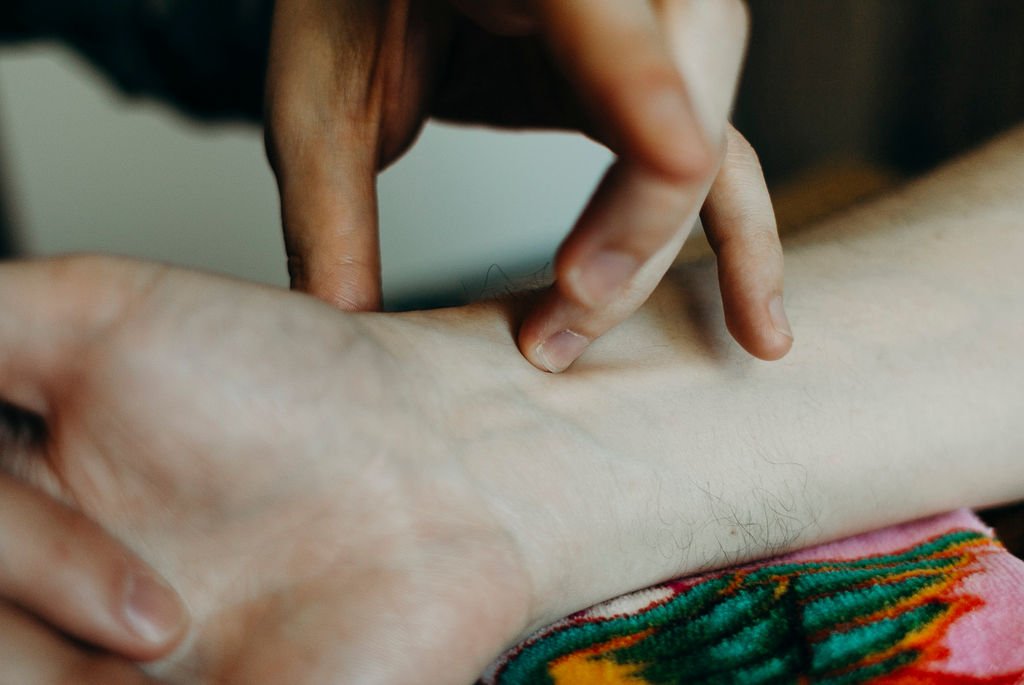What are the Basic Parameters of the Pulse in Shen-Hammer Pulse Diagnosis?
Even the most subtle pulse qualities are the body’s attempt at sending messages about what it needs to achieve greater balance, health, and harmony.
After we’ve palpated their wrists, patients often ask us: “So what’s my pulse saying today?”
After feeling a certain sensation on the pulse, our students often ask “So what’s that mean?”
On behalf of the students and patients of the world, we’d like to start unpacking some of what seems mysterious about the pulse…. Because, when it comes down to it, the pulse is both miraculous and mundane: on the one hand it’s absolutely incredible that the body can communicate about any aspect of psychology or physiology via little beats and bobs and those trained to translate its messages hear a lot; but on the other hand, while complex, the Shen-Hammer Pulse Diagnosis system is also totally straightforward and teachable.
One of the ways that we orient ourselves to understanding (and teaching) the pulse is through what are called the Basic Parameters: those most fundamental aspects of sensation by which any pulse quality can be categorized and interpreted.
The Basic Parameters of the pulse are:
Rate: How fast or slow are the impulses? This is measured in beats per minute.
Rhythm: What’s the cadence of the impulses like? Rhythm is thought of in terms of regularity and irregularity.
Stability: How consistent are the various other aspects of the pulse? This parameter tells us about basic harmony and disharmony of the systems and substances of the body.
Shape: What are the shapes and textures felt under the finger? Shape is described in various ways, one important enough subset of which gets its own “basic parameter,” next.
Waveform: What global shape does the impulse intimate from arrival, through apex, and upon departure? Waveforms are, well, described in terms of specific waveforms.
Length: How much space does the pulse take up in the distal-to-proximal dimension? Length gets described in terms of “long” or “short”.
Width: How much space does the pulse take up in the radial to ulnar direction? Width is described in terms of narrowness and wideness.
Volume: How dense is the pulse and how much space does it take up overall? The volume can be thought of in the most general sense as either insufficient or excessive.
Depth & Amplitude: How superficial or deep are the impulse and its qualities? At the most basic level, we can say that there are three primary depths in Shen-Hammer Pulse Diagnosis: Qi, Blood, and Organ.
Force: How strong or lacking in strength are the impulses? We rate force—like many other specific qualities felt on the pulse—along a scale from 1-5, and we define force through the terms “reduced pounding” (i.e. lacking force) or “robust pounding” (i.e. with force).
Are you a practitioner who’d like to learn more about Shen-Hammer pulse diagnosis?
Sign up for our newsletters here or see our upcoming pulse diagnosis teaching offerings here!
Written by Stephen Higgins, Certified Instructor


